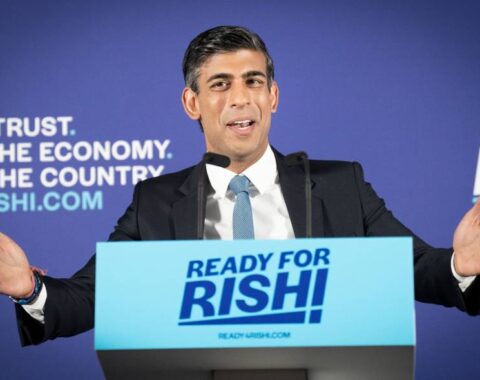Article Published in LinkedIn.
last year, the Former Chief Justice of India, N.V. Ramana, while inaugurating an additional court complex at the Aurangabad bench of the Bombay High Court, gave a proposal for creating a National Judicial Infrastructure Authority of India (NJIAI) and urged the law minister to take up the issue with a statutory backing in the winter session. The vision for the additional complex was conceived as early as 2011 yet took almost 10 years to get implemented. The former Chief Justice N.V Ramana stated “[That] it has taken more than 10 years for this vision to be implemented is extremely worrisome. This is not the fault of any institution or organ of the State, but is emblematic of a deeper structural problem that has plagued judicial infrastructure development in our country since Independence”
The Former Chief Justice then stressed on NJIAI by stating “It is baffling to note that the improvement and maintenance of judicial infrastructure are still being carried out in an ad-hoc and unplanned manner.” The former CJI Ramana also backed his concerns with some hard facts about the current state of the judicial infrastructure and said “The total sanctioned strength of judicial officers in the country is 24,280 and the number of court halls available is 20,143 (including 620 rented halls); 26% of court complexes do not have separate ladies’ toilets and 16% do not have gents’ toilets; only 54% of court complexes have purified drinking water facility; only 5% of court complexes have basic medical facilities; only 32% of courtrooms have separate record rooms; only 51% of court complexes have a library; only 27% of courtrooms have computer placed on the Judge’s dais with the video-conferencing facility. According to international research published in 2018, failure to deliver timely justice cost the country as much as 9% of annual GDP.”
On July 16th, 2022, almost after one year of this proposal, while speaking at the inaugural function of the 18th All India Legal Services Authorities Meet, the Former Chief Justice bewailed the lack of progress on the proposed NJIAI matter. Having already urged the government of India for the issue to be taken up as the current state of judicial infrastructure
is not in a very healthy condition, he appealed to the Government of India once again to look into this matter by saying “I had proposed the creation of independent authorities for the development of judicial infrastructure both at national and state level. Unfortunately, it did not take off. I hope the Government of India revisits the proposal”. The intent for the betterment of the debilitating judicial infrastructure is there in the mind of the CJI, although the judiciary should not be the only branch of the government that should be concerned with this issue. The Executive branch, i.e., the Ministry of Law and Justice, should also step in and join hands in bringing judicial infrastructure at par with the current demand of the country.





